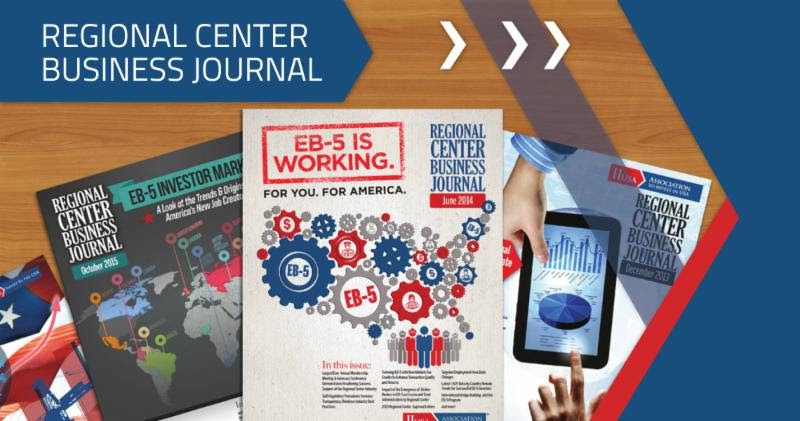by Reid Thomas, Executive Vice President, NES Financial; Catherine Debono Holmes, Partner, Jeffer Mangel Butler & Mitchell; and Kelly Alton, General Counsel, NES Financial
EB-5 capital raising has slowed due to visa backlogs, increasing the need for additional sources of capital for EB-5 projects.
Until the need for additional EB-5 Visa capacity is addressed, raising large amounts of EB-5 capital quickly will be a challenge. The growth in investor flow from countries other than China has been impressive, but there is a long way to go to make up for the slow-down in the Chinese market.
China reached the EB-5 visa capacity limit for the first time back in 2015 and has been in retrogression ever since. Chinese investor subscriptions dropped dramatically when the USCIS Ombudsman published its annual report in mid-2017, in which it stated that Chinese retrogression could result in waiting times that would exceed 10 years. This caused many EB-5 projects to fall short of their intended fund-raising levels.
Despite these challenges, the pending legislative reform originally scheduled for late March 2018 provided some reasons to be optimistic. The drafts of EB-5 reform legislation all included an increase in the EB-5 investment amount (which, other things being equal, would allow for fewer investors to achieve the desired EB-5 project raise), and some even proposed increased visa capacity. However, it now appears that legislation or regulations are not likely to provide any visa capacity-related relief for EB-5 project funding shortfalls in the near term. This reality has depressed Chinese investor inflows even further. While other countries are showing impressive growth, they aren’t yet able to come close to making up the funding shortfall.
The net result is a significant decrease in EB-5 funding velocity across all projects. Competition for investors is intense, and the business development process to develop channels to source investors in emerging markets is complex and time-consuming. Meanwhile, the project funding demands of EB-5 projects already underway continue. So, where can EB-5 projects look for help to close their funding shortfall?










